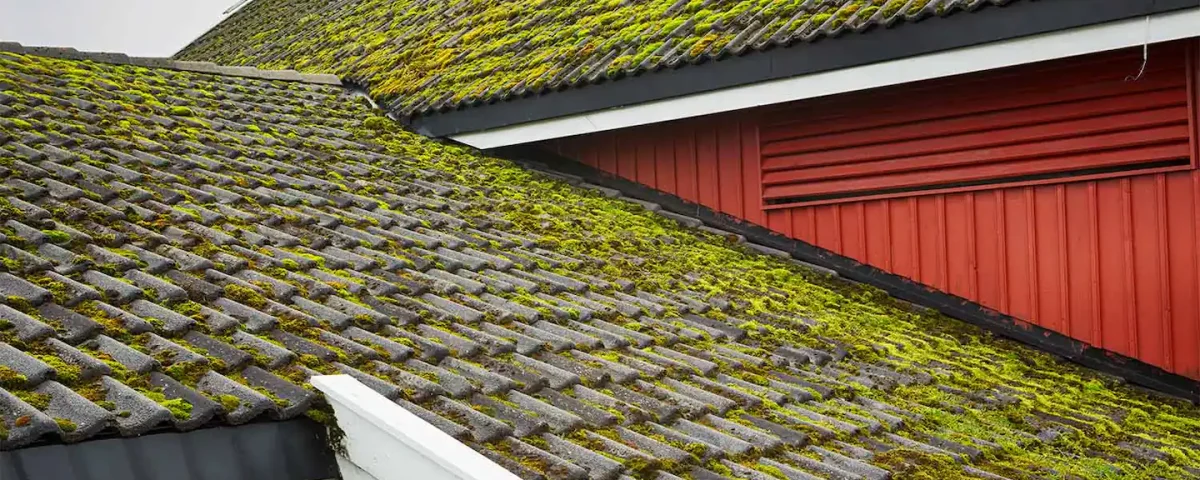The Dangers of Moss Growth on Your Roof

The importance of Professional Toilet Pump Services
February 3, 2025
Water Tank Cleaning, Services, and Maintenance: A Complete Guide
February 10, 2025Introduction
While moss may give a roof a charming, natural appearance, its presence can lead to serious problems if left unchecked. Moss retains moisture, weakens roofing materials, and can cause long-term structural damage. Homeowners who neglect moss removal risk costly repairs and potential health hazards. Understanding the impact of moss growth on a roof is essential to maintaining the integrity and longevity of a home.
1. Moisture Retention & Roof Damage
Moss has the ability to absorb and retain moisture, which keeps roofing materials damp for extended periods. This constant exposure to moisture can lead to significant problems, especially for wooden shingles, which may begin to rot over time. Asphalt shingles can also deteriorate due to prolonged dampness. In colder climates, the trapped moisture within the moss can freeze and expand, causing cracks in shingles and further weakening the roof’s structure.
2. Shingle & Tile Damage
As moss spreads across a roof, it can grow underneath shingles and tiles, gradually lifting and misaligning them. When this happens, the protective barrier of the roof is compromised, exposing the underlayment to moisture. This increases the risk of leaks, which can lead to water damage inside the home. If left untreated, the structural integrity of the roof may be severely affected, resulting in costly repairs.
3. Blocked Drainage & Gutters
Moss growth is not limited to the roof's surface—it can also extend into gutters and drainage systems. Over time, accumulated moss can block the natural flow of rainwater, causing overflows. This excess water can damage fascia boards, seep into walls, and even affect the foundation of the home. If gutters become clogged, the risk of water pooling and leaking into unwanted areas increases, leading to further structural complications.
4. Shortened Roof Lifespan
The presence of moss on a roof significantly reduces its lifespan by accelerating wear and tear. Constant exposure to moisture and the gradual deterioration of roofing materials can cause the roof to age prematurely. If the issue is not addressed in time, homeowners may find themselves facing expensive roof repairs or even a complete roof replacement much sooner than expected.
5. Pest & Mold Issues
A damp and moss-covered roof creates an ideal environment for pests such as insects and rodents. These unwanted visitors may find shelter within the moss, leading to potential infestations. Additionally, excessive moisture promotes the growth of mold and mildew, which can pose health risks to the household. Mold spores can spread to indoor spaces, causing respiratory issues and other health concerns. If left unchecked, moss can contribute to both structural and health-related problems.
Conclusion
Moss on a roof is more than just an aesthetic issue—it can lead to severe damage, including moisture retention, shingle deterioration, blocked drainage, and even pest infestations. Over time, these problems can significantly reduce a roof's lifespan and lead to expensive repairs or replacements. Regular maintenance, proper cleaning, and preventative measures can help protect your home from the harmful effects of moss growth, ensuring a strong and durable roof for years to come.


